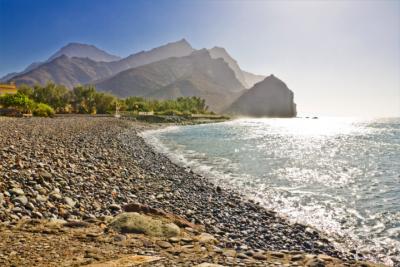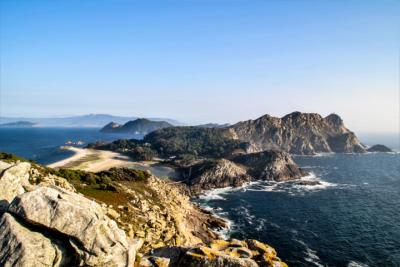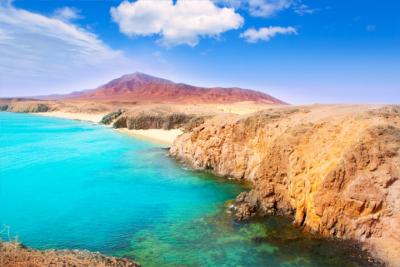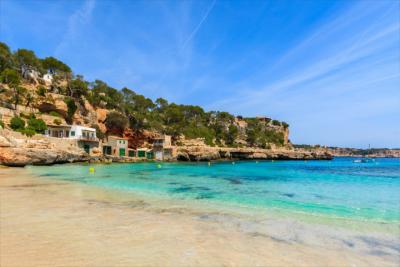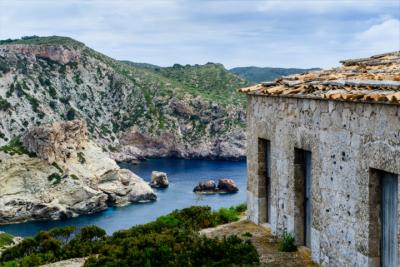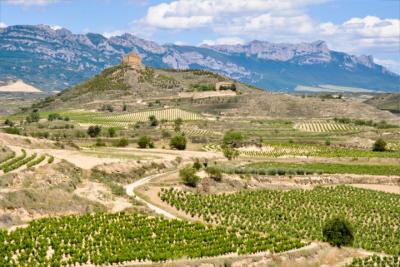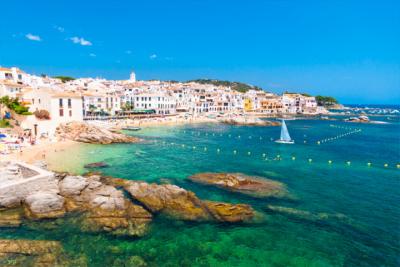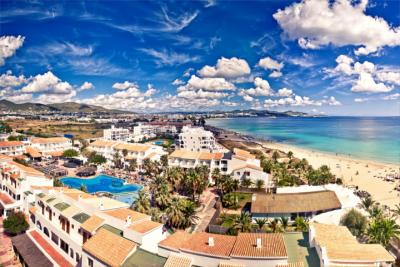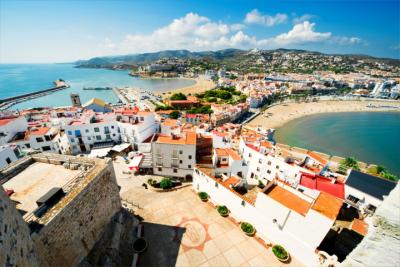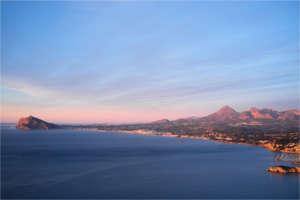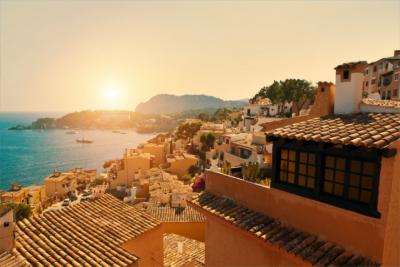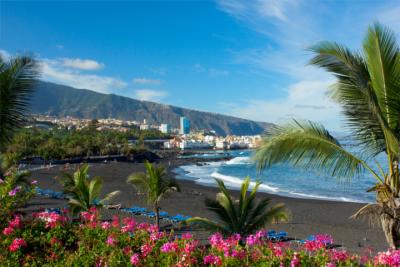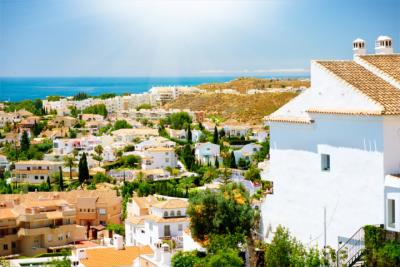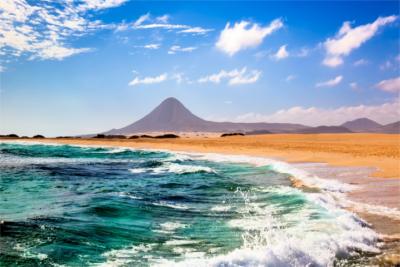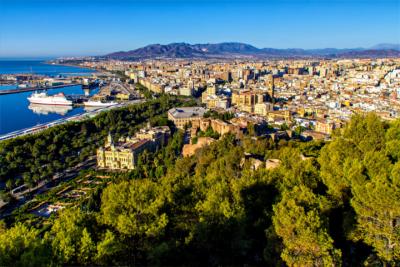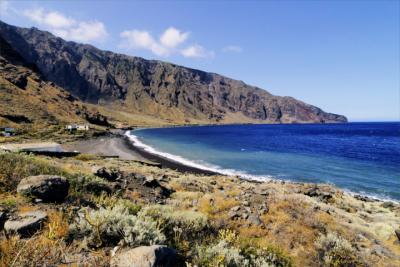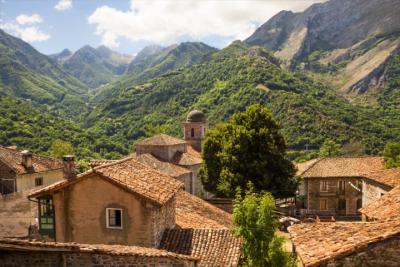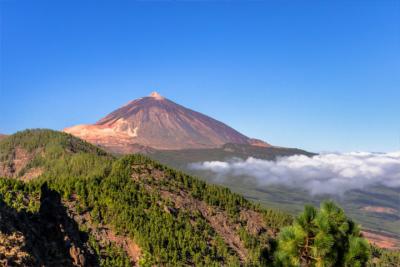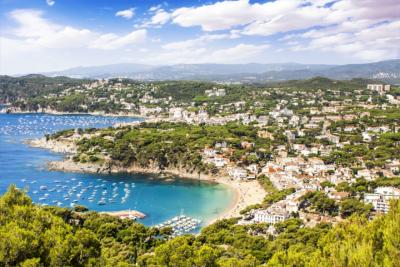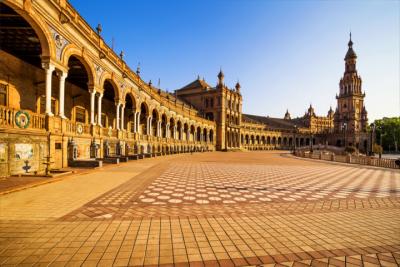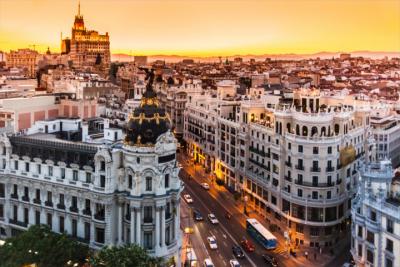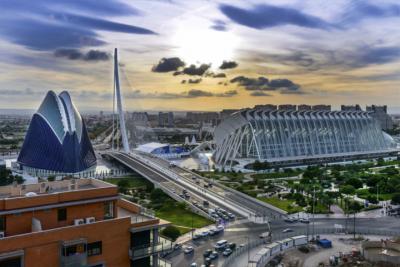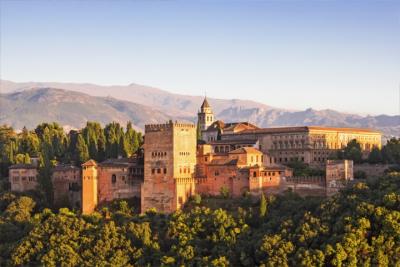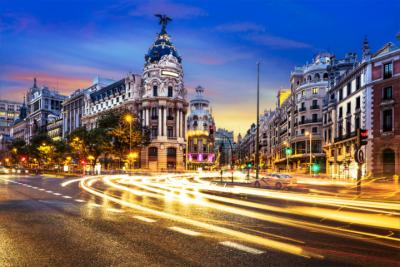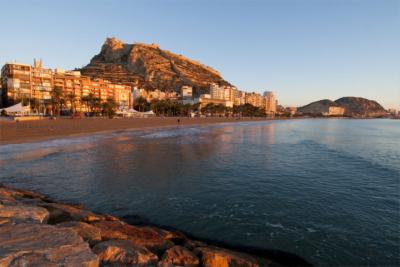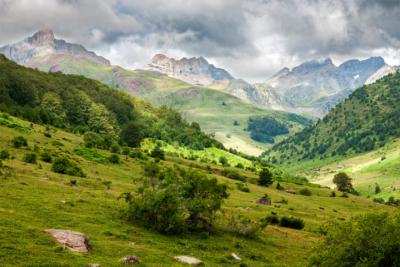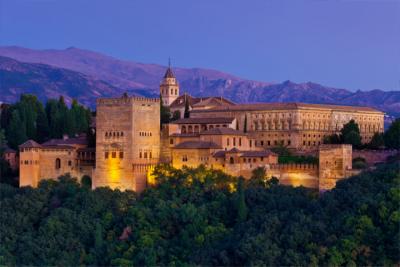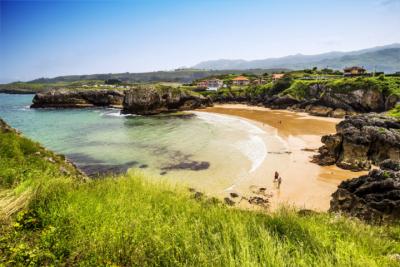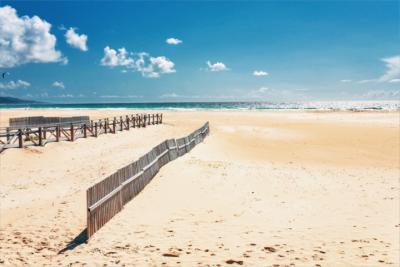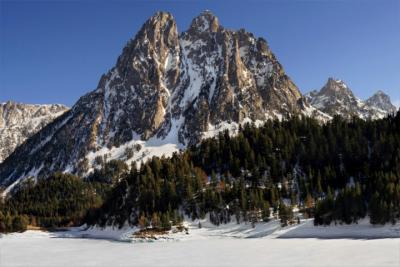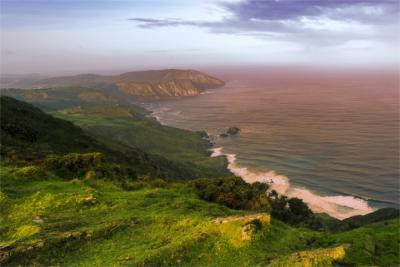Travel Offers
Travelmyne Featureprint
Distance
Castilla-La Mancha - A Native Landscape
Castilla-La Mancha fascinates with its delicious cuisine, its vast and calm landscape as well as many national parks. The native Spanish region has a simple charm which makes visitors understand what life was like in the days of Don Quixote.
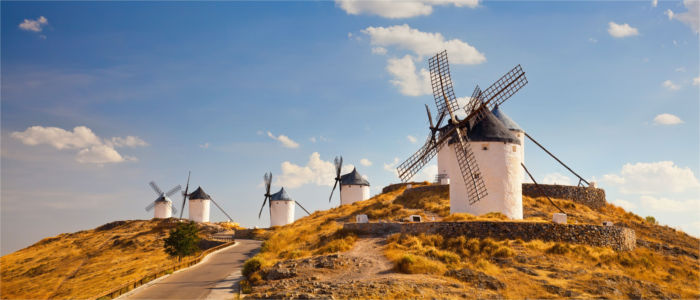
Geography - The most sparsely populated Spanish region
The region Castilla–La Mancha, often also called New Castile, lies in Spain's centre and in the southern part of the Iberian plateau Meseta. The autonomous community has an area of 79,463 km² and is divided into the five provinces Toledo, Albacete, Ciudas Real, Cuenca and Guadalajara. It borders on Aragon and Valencia in the east, Madrid as well as Castile and Leon in the north and Extremadura in the west. Murcia and Andalusia lie at the southern borders of Castilla–La Mancha. The region's highest points are the mountains Las Villuercas (1,601 m) and Rocigalgo (1,447 m) in the Montes de Toledo. The Tagus, which is the longest river on the Iberian Peninsula, crosses the region. Mediterranean-continental climate with very little rain, cold winters and extremely hot summers prevails. With 25 inhabitants per km² on average, Castilla–La Mancha is the most sparsely populated region in the whole of Spain.
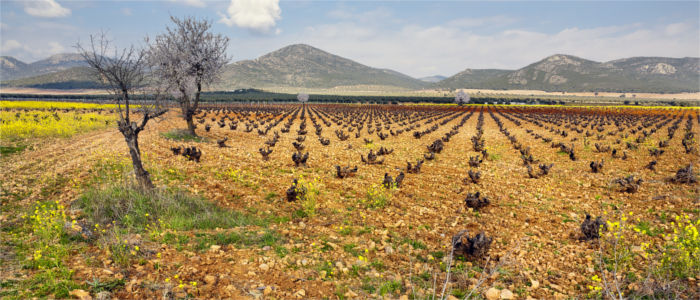
Nature - A dry plateau and many national parks
Castilla–La Mancha is dominated by the southern part of the plateau Meseta, which is surrounded by several mountain chains: the Central System, the Iberian System and the Sierra Morena. Particularly worthwhile formations which belong to the Spanish community are the southern part of the Sierra de Gredos, the mountainous landscape of Cuenca with the well-known rock formation La Ciudad Encantada, the Callejones de las Majadas and Las Torcas. The mountain chain Los Montes de Toledo, which is located in the centre of the plateau, is also worth a visit. Besides the important rivers Tagus, Guadiana River and Júcar River, you find 15 greater lakes (e.g. La Blanca, Laguna del Cenegal) in the mostly dry landscape. Due to this great variety of natural beauty, Castilla-La Mancha is one of the European regions with the most conservation areas and national parks. Examples are the Las Lagunas de Ruidera Natural Park and the Tablas de Daimiel National Park.

Culture - On the track of Don Quijote
The territory of Castilla-La Mancha originally included the present-day capital of Spain. In 1982, however, the region was declared independent due to its great economic and demographic differences to Madrid. Castille-La Mancha is known for the book Don Quixote de la Mancha by Miguel de Cervantes, which was published in 1605 and is one of the most famous works of Spanish literature. The novel tells of a poor man (Don Quixote), who is so inspired by reading countless books of chivalry that he sets out on a journey with his servant Sancho Panza to become a hero himself. The best-known scene is probably his fight against a number of windmills, which he believes to be giants. You can still marvel at these windmills near the Campo de Criptana today. In addition, travellers can follow the trails of the Spanish anti-hero on the "Ruta del Don Quixote", which is 400 kilometres long. Real crowd pullers are the capital Toledo with its old town, its cathedral and the Alcázar as well as Cuenca with its "hanging" houses. Both towns are part of the World Cultural Heritage of the UNESCO. Other worthwhile towns in this region are Albacete, Ciudad Real, Guadalajara and Puertollano.
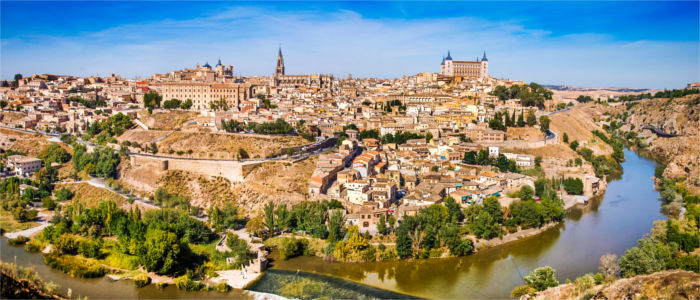
Experience - Wine and Manchego cheese
Castilla–La Mancha stands out with its deserted and vast plains and is one of the most native Spanish regions. You rather encounter herds of sheep and cattle than people on your expedition through the landscape. The population mainly lives on agriculture, especially on grain and vineyard cultivation. Castilla- La Mancha has the largest wine-growing estate in the whole of Europe with about 700,000 hectares. Other important agricultural products are olives, sunflowers, garlic, melons, saffron and tobacco. Furthermore, bee-keeping is a significant economic sector. The region is said to have had 180,000 beehives in 2005, in which the local honey of La Alcarria was produced. This honey and other agricultural products like wine or olive oil are great souvenirs. Other culinary specialities from La Mancha are Manchego cheese, which is made from sheep milk, gazpacho manchego - which is made of pita, chicken and rabbit meet - and local soups like sopa castellana (ham soup) and sopa de ajo (bacon soup). Typical art handicrafts from the Spanish regions are ceramic ware and embroidery as well as the famous swords from Toledo or the knives from Albacete. Impressive and traditional celebrations in Castilla–La Mancha are the Feast of Corpus Christi Toledo, the Semana Santa (Holy Week) in Cuenca or the public festival in Albacete. Theatregoers will enjoy the International Festival of Classical Theatre in Almagro.
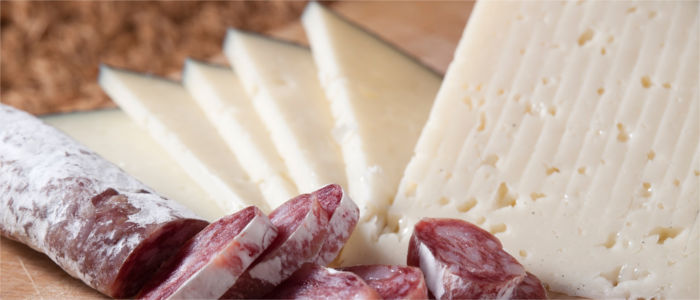
Activities - Cultural Hiking Trails
The region Castilla–La Mancha is excellently suited for hiking and cycling. Besides the Don Quixote trail, which is meant to support sustainable tourism and presents settings from Cervantes' novel, visitors can use the following beautiful hiking trails: the Ruta de los Pueblos Negros ("Route of the black villages"), the Route of the Saffron Fields and the Route of the Castles. Golfers can pursue their hobby in a number of golf clubs (e.g. La Vereda Cuenca, Palomarejos Golf Talavera de la Reina, Las Erillas Nuño Gómez). But fishers do not go short either as they can catch fish like barbels, pikes and carps or simply enjoy the quiet at one of the many lakes.
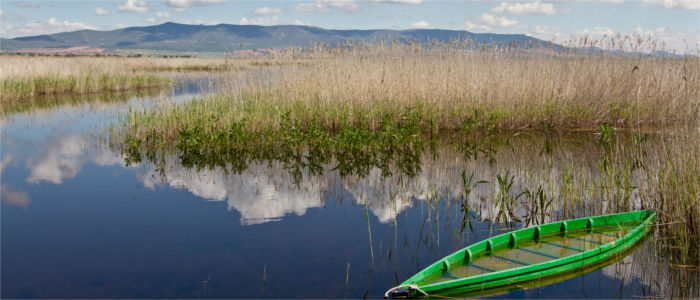
Information
The region has two bigger airports: the Albacete Airport (about 4 km away from Albacete) and the Ciudad Real Central Airport (private airport between Ciudad Real and Puertollano). Arriving at the airports in Madrid or Valencia is also possible and may be a cheaper way. In addition to car rentals, regional buses between small towns as well as national buses and international bus connections are great means of transport.
Rural and natural regions, delicious food and magical mountains await the holidaymaker in Castilla-La Mancha. Visitors who want to dive into Miguel de Cervantes' novel or simply enjoy the nativeness and quiet of the Spanish heartland can not go wrong with holidays in this Spanish community.



